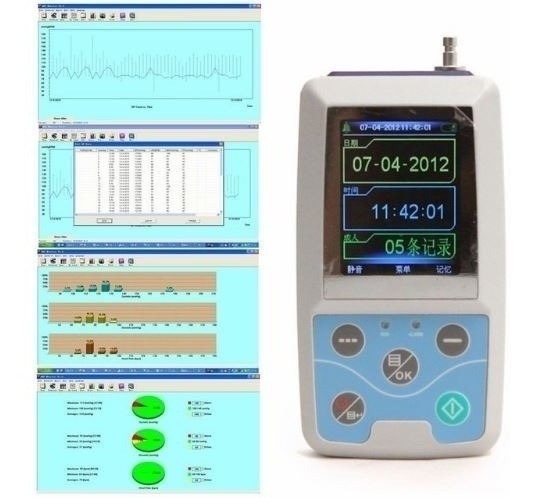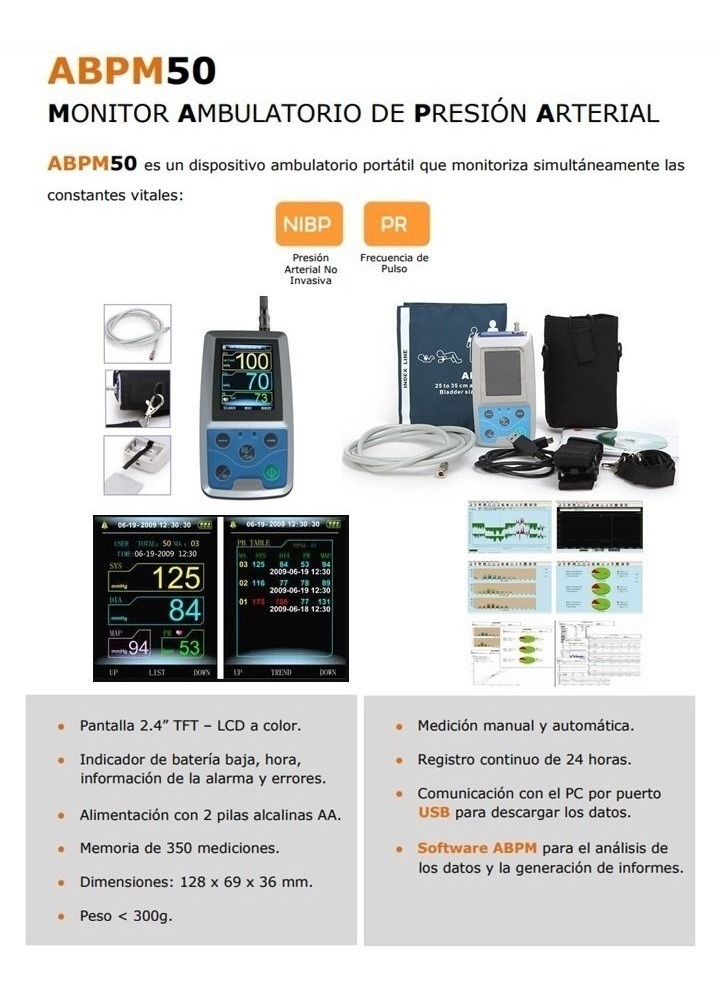
BP readings during the night may interfere with your sleep. Pressure due to repeated inflation of the cuff can cause soreness in your upper arm. You may experience some discomfort due to 24-hour BP monitoring. What are disadvantages of 24-hour blood pressure monitoring? Ambulatory monitoring may also be useful in evaluating a patient’s response to long-acting antihypertensive medications. The incidence of stroke, heart disease and organ damage due to hypertension can be reduced among those patients. It can also detect masked hypertension, so that people receive the medications needed for high blood pressure. What are benefits associated with 24-hour ambulatory blood pressure monitoring?Īmbulatory monitoring can rule out white coat hypertension, so that people aren’t given unnecessary prescriptions for BP-lowering drugs. Fainting episodes or hypotension (low BP).Changes in prescription medications that may impact BP.Difficulty controlling BP with medication.In other cases, more than one drug may be required to stabilize BP.Īmbulatory BP monitoring can also help to predict the likelihood of cardiovascular (blood vessels in the heart) and cerebrovascular (blood vessels in the brain) disease linked to hypertension and organ damage.Īmbulatory BP monitoring may also be suitable in other situations, such as for: A doctor may need to adjust the dosage prescribed or the time that the medication is given, depending on the patient’s BP patterns.

In some cases, antihypertensive drugs don’t control BP effectively throughout the entire day and night. This condition has been linked to an increased likelihood of heart and kidney damage.Īre there other uses for 24-hour ambulatory blood pressure monitoring?Īmbulatory blood pressure monitoring is increasingly being used to determine how well some antihypertensive drugs can control high BP.

Why is 24-hour ambulatory blood pressure monitoring used?Īmbulatory BP monitoring provides additional information about how changes in your BP may correlate with your daily activities and sleep patterns.

Changes in BP and heart rate, the BP distribution pattern and other statistics are calculated. These multiple readings are averaged over the 24-hour period. Your heart rate can be measured at the same time. In most cases, readings are taken every 20 to 30 minutes during the day and every hour at night. Usually, only one or two readings are taken during your visit.Īmbulatory BP monitoring yields many readings over a continuous period.

When you’re at your doctor’s office or clinic, an instrument called a sphygmomanometer is used to take your BP readings. Ambulatory blood pressure monitoring allows your blood pressure (BP) readings to be recorded over a 24-hour period, whether you’re awake or asleep. Hypertension is a blood pressure measurement in which your systolic (upper) blood pressure is at or above 130, and your diastolic (lower) blood pressure is at or above 80 (or 130/80). Twenty-four-hour ambulatory blood pressure monitoring is a way of measuring and managing high blood pressure (hypertension). What is 24-hour ambulatory blood pressure monitoring?


 0 kommentar(er)
0 kommentar(er)
